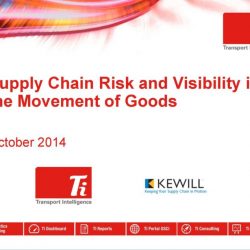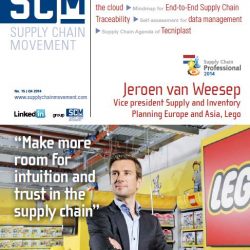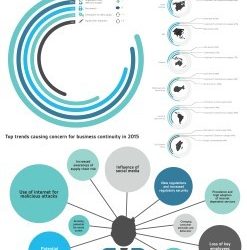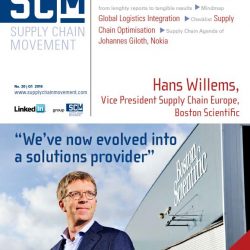MES Product Survey
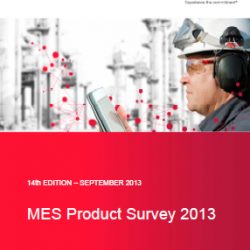
For the past 14 years, CGI’s manufacturing execution systems (MES) -experts have compiled and published an annual MES Product Survey providing detailed product overviews and insight into MES trends. CGI’s 2013 Product Survey released in September 2013, covers 73 MES products from 69 vendors. The survey offers comprehensive information on these vendors’ services, products, technologies, quality efforts and key focus areas. Notably, this is the highest response rate in the survey’s 14 years—despite a challenging year in the MES market.
Copies of the report are available. Visit the order page for more information.
MES Product Survey findings
Based on survey results over the past 14 years, it’s clear that interest in MES among manufacturing companies continues to grow, and here are some of the key reasons why:
- Getting back to the basics. After a period of growth and a focus on supporting processes such as customer relationship management, manufacturers are getting back to the basics and focusing on core supply chain processes. MES plays a key role in improving these processes.
- Managing increased complexity. The complexity of production processes is increasing with globalization, outsourcing, shorter product lifecycles and more frequent business changes. In addition, there is more pressure to improve efficiency and quality. MES helps to manage this complexity.
- Complying with legislation. Legislation has become more extensive, and sustainability is an important part of it. MES helps manufacturing companies better comply with legislation and advance “green” initiatives.
- Improving delivery. A fine-tuned manufacturing supply chain is strategically vital for ensuring the “perfect order,” i.e., the right product, with the highest quality, delivered to the right place at the right time and with the best profit margin. In order to deploy their MES solutions successfully, reducing cost and throughput time, vendors shared some best practices:
- Standardization of manufacturing operation processes is a prerequisite.
- Equally important is an adequate governance process in which corporate and local objectives and interests are well aligned, with clear roles and responsibilities, ensuring commitment from top management to the shop floor.
- Closely related to the previous aspect is the need for change management focused on the intended improvement and the continuous monitoring the progress.
- Achieving strategic goals. Thirteen years ago, IT managers used MES as tools to improve business processes. In recent years, business managers have come to realize MES can contribute to their organization’s strategic goals, helping to achieve operational excellence and gain a competitive edge.
- Increasing standardization. Manufacturers are standardizing their systems and processes to increase efficiency, reduce costs and leverage best practices. While MES products in the past have only supported production activities, today a majority of them also support the standardization of quality, maintenance and inventory operations.
- Increasing configurability. Systems today are more open and software is supplied in components giving buyers more choices and making them less tied to suppliers. MES suppliers have responded by offering more configurable functionality, as well as mobile capabilities.
- More focus. With respect to the functionality of the MES products, the tendency to focus at specific industry sectors or typologies continued in 2013. The vendors report to have more preconfigured solutions and modules for industry specific processes than ever before. Customers selecting niche products get “best practice” for that niche with accelerated implementations and at lower cost, accepting the constraints of a focused product.
There is still a great deal of room for improvement in linking MES with other systems and in better leveraging MES generated data. A lot of information is not accessible by operators, operational managers or the boardroom. You can better realize the advantages of MES with good systems integration and an approach that delivers insight to the relevant persons in your manufacturing lifecycle.



